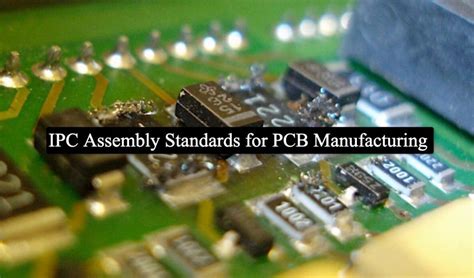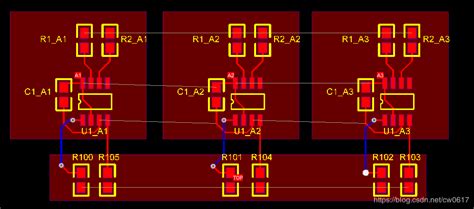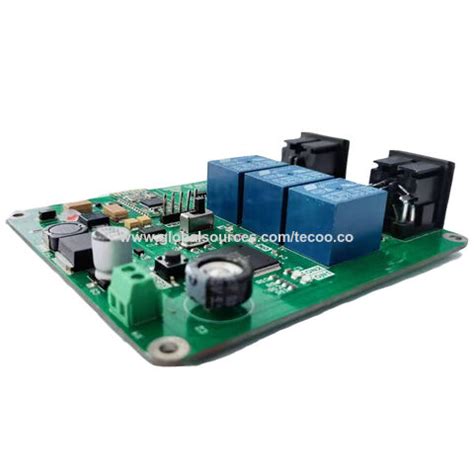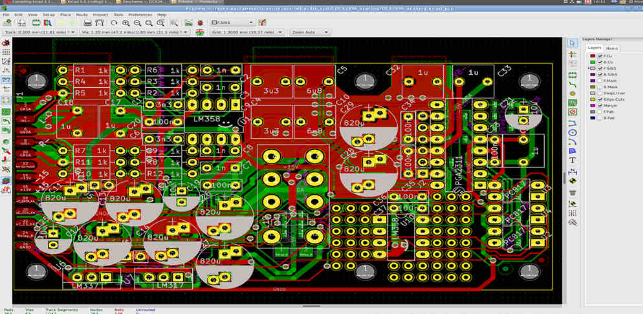Practical experience and skills of PCB package drawings of electronic devices
Practical experience and skills of PCB package drawings of electronic devices
How to design PCB package drawings of electronic devices? What practical experience and skills are there? I often ask myself this question.
As an electronics fan who has worked for more than 10 years and has drawn at least hundreds of PCB boards, I will summarize my personal views today. Welcome to criticize and supplement.
A good and qualified device package should meet the following conditions:
1.The designed pad should meet the length, width and spacing requirements of the target device pins.
In particular, it should be noted that the dimensional error caused by the device pins themselves should be taken into account during the design— especially the precise and detailed devices and connectors. Otherwise, it may cause the same type of devices from different batches to have a high welding yield sometimes, but sometimes a big production quality problem!
Therefore, the compatibility design of the pad (suitable and common device pad size design for most large manufacturers) is very important!
Regarding this point, the simplest requirement and inspection method is:
Put the actual target device on the pad of the PCB board for observation. If each pin of the device is in the corresponding pad area.
Then the package design of this pad is basically not a big problem. On the contrary, if some pins are not in the pad, it is not good. For example, the following design does not consider the size of the pad area:
2.The designed pad should have obvious direction markings, preferably universal and easy-to-identify direction polarity markings.
Otherwise, when there is no qualified PCBA physical sample for reference, a third party (SMT factory or private outsourcing) will do the welding process, which will easily cause polarity welding and wrong welding! At that time, rework or compensation will make you cry.
I once met an electrician who said that when he just started, there was a problem with the package design, which resulted in more than 1,000 boards needing to be corrected and reworked. The boss asked him to repair it alone. He reworked for many days, and his hands were covered with blisters, his waist and back ached, and his eyes were red — please help him to see how big the shadow area of his life is.

3.The designed pad should be able to meet the processing parameters, requirements and processes of the specific PCB circuit factory itself.
For example, the pad line size, line spacing, character length and width that can be designed, etc. If the PCB size is large, it is recommended that you design it according to the process of the popular and common PCB factory in the market, so that when the PCB supplier is changed due to quality or business cooperation problems, there are too few PCB manufacturers to choose from, which delays the production progress.
4.The designed pads should try to meet the polarity placement requirements of the SMT patch factory.
In other words, the PCB device package designed by you using EDA software should not be placed randomly in the package library, but should be placed according to the tape direction of the actual material disk (disc).
There are many benefits to this design, such as: it can improve the machine work efficiency during SMT patch-especially in mass production. Because, by placing it according to the tape direction of the actual material disk (disc), the SMT machine does not need to rotate a special angle, saving time. Such benefits also include: basically meeting the requirements of any SMT factory, reducing the patch error rate, etc.







